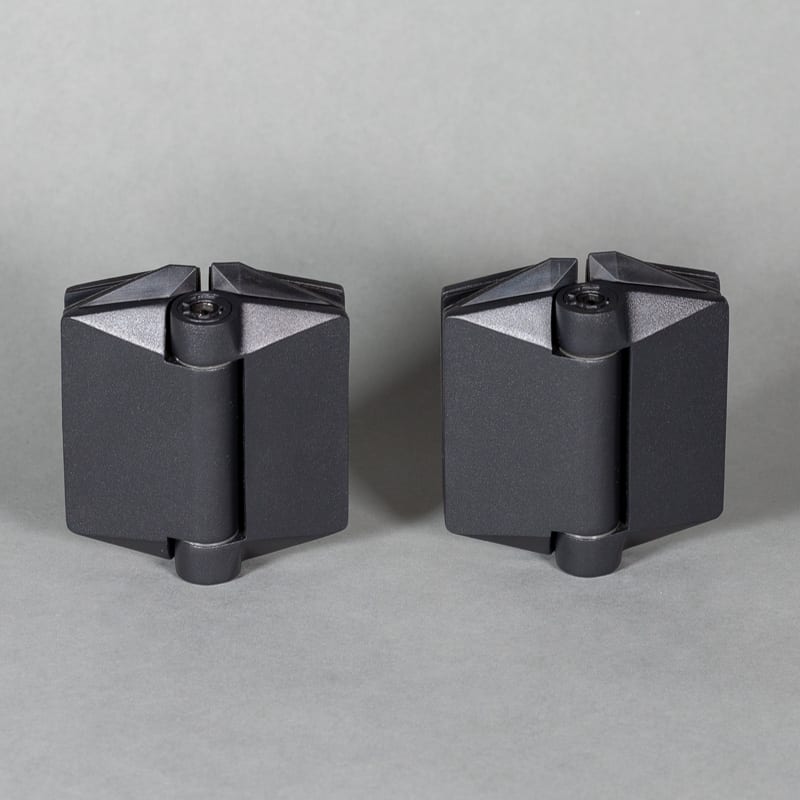Hinges

We pride ourselves on using only the best of the hardware available. This creates a better end result once your project is complete, and also ensures the longevity of the entire fence.
With that said, we only use the Polaris Soft Close Hinge for all of our installations.These hinges are crafted out of Duplex 2205 Stainless Steel, and are designed to effectively withstand extremely harsh environments (ie. near a pool area/beachfront homes; subject to chlorine, salt water etc). Duplex 2205 is not only a structurally stronger stainless steel than standard 304,316 or 316L, but is also more resistant to corrosion, due to it’s added levels of Nickel, Chromium, Molybdenum and Nitrogen. Duplex 2205 Stainless Steel is also commonly used for Marine Propelor Shafts.
Polaris Hinges are by far the best hinge on the market for glass pool fencing. Results from relentless testing have found them to have still been fully operational at 50,000 cycles (>20 years of average use). The Polaris Soft Close Hinge was awarded a prestigious Australian International Design Mark Award™, Presented by Standards Australia.
The Polaris Soft Close Hinge is specifically designed for glass pool fencing, where as other hinges are taken and modified from different applications. Polaris is also an Australian owned and operated company.
Visit Polaris HERE for more information! You can also watch the embedded video for more information on the Polaris Soft Close Hinge.
Request a Free Quote
- Required Fields
Spring Hinges
The first type of system you want to avoid are spring hinges. They are usually manufactured in 316 marine grade stainless steel and use an 8mm thick glass gate. The issue with these hinges is that they bring the glass gate in to close at full speed! Sometimes damaging the glass hinge, glass latch or glass gate panel (and their fixing points over time) in the process, due to the excessive force and speed acquired once the glass gate hits the glass latch panel.
Floor Closer
The second type of system you should avoid is a floor closer. This system uses a boxed mechanism that fits into the ground below the glass fence, with a clamp at the top of the gate to the glass panel immediately next to the pivotal point of the gate. The closer controls the glass gate speed generally quite well until right before the glass gate latches where the hydraulic gives way to sit into it’s neutral resting position. This can quite often lead to the glass gate still shutting with unnecessary force. The larger issue with these is the work required to actually fit the closer and because it sits under ground level, they tend to fill with water and rust out prematurely.
Request a Free Quote
- Required Fields






